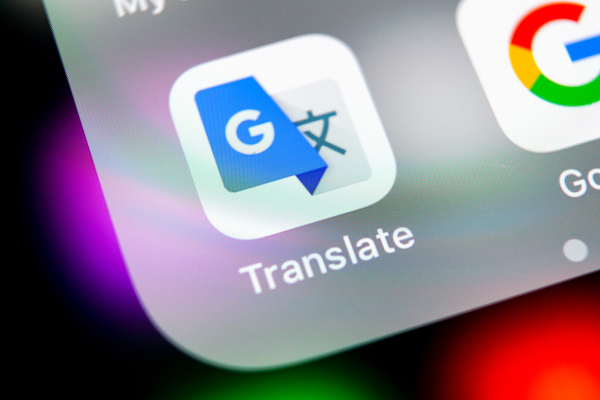We are connected to people from all around the world through social media. The translate button allows us to understand text from our foreign friends. As I am writing this article, I need help from Google Translate to translate some words. You might be doing that as well. It is a simple tool to interpret from and to convert to another language. We know that it is not reliable enough to use it on its own. Google has warned that translation tools should not be relied on for complex tasks. However, in the US it is being used in the qualification of refugee application.
The US government allows the use of machine translation tools for the vetting procedure of refugees. A manual has been set up for the US immigration officials on how to use Google Translate step-by-step. Screening the social media of applicants is part of the procedure and helps to decide whether a refugee is allowed into the country. The manual only applies to refugees whose parents or spouses have been admitted to the US or also defined as follow-to-join cases. The officials are instructed to utilize free automated translation services and can decide whether to use an expert in translation. However, officers might lack fluency in the foreign language and therefore would not request a language expert for a second revision (Torbati, 2019). Nonetheless, the automated translation services have difficulties in translating culture-based texts or idioms and, therefore, are prone to make mistakes which can cause misinterpretation.
The machine translation is improving but is not meant as a replacement for human translators. Improvements have been made with neural machine translation, algorithms that uses artificial intelligence to predict the sequence of sentences using phrases (Siu, 2018). However, we should not rely heavily on this kind of technology while making critical decisions.
To what extend do you think we should use automated translation in the decision-making process?
Sources:
Siu, D.N. (2018) Google Translate is getting a big upgrade with improved offline mode. Available at: https://mashable.com/2018/06/12/google-translate-offline-mode-ai/?europe=true
Torbati, Y. (2019) Google says Google Translate can’t replace human translators. US immigration officials have used it to vet refugees. Available at: https://www.businessinsider.com/google-translate-us-immigration-officials-use-app-vet-refugees-2019-9


Hi Deveny,
Interesting post but not surprising this is happening in the U.S.!
Where in Europe 92% of children speaks multiple languages, it is only 20% in the U.S. (Beres, 2018).
The difference is that in Europe, a second language is strongly promoted. This is definitely not the case in the U.S., where not even half of the population has a passport to travel to a foreign country.
This likely has an effect on the rise of automated translation tools like Google translate.
Maybe the use of translation tools is currently needed to tackle the higher number of immigrants but I don’t think it’s the best solution to treat the immigrants in the most humane way.
I agree with you that, right now, the technology should not be used as a tool for making such important decisions about people’s lives. While it is useful for everyday translations, using it in this context is wrong. It simply makes to many mistakes. In the future, however, the technology might become a worthy substitute for professional translators, reducing the costs for the US government.